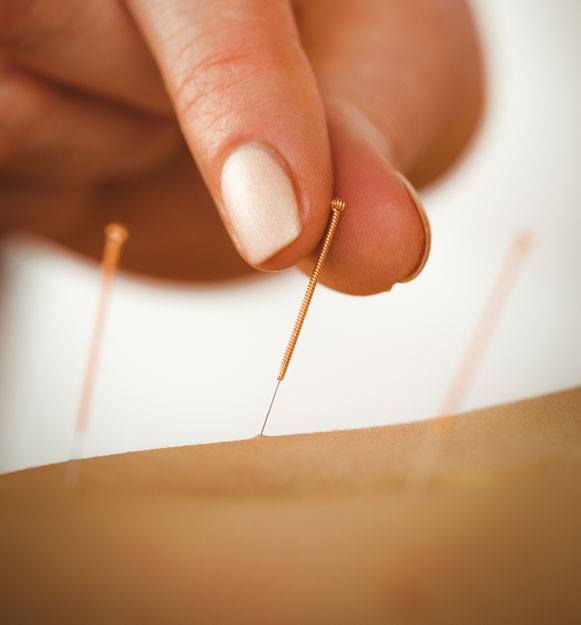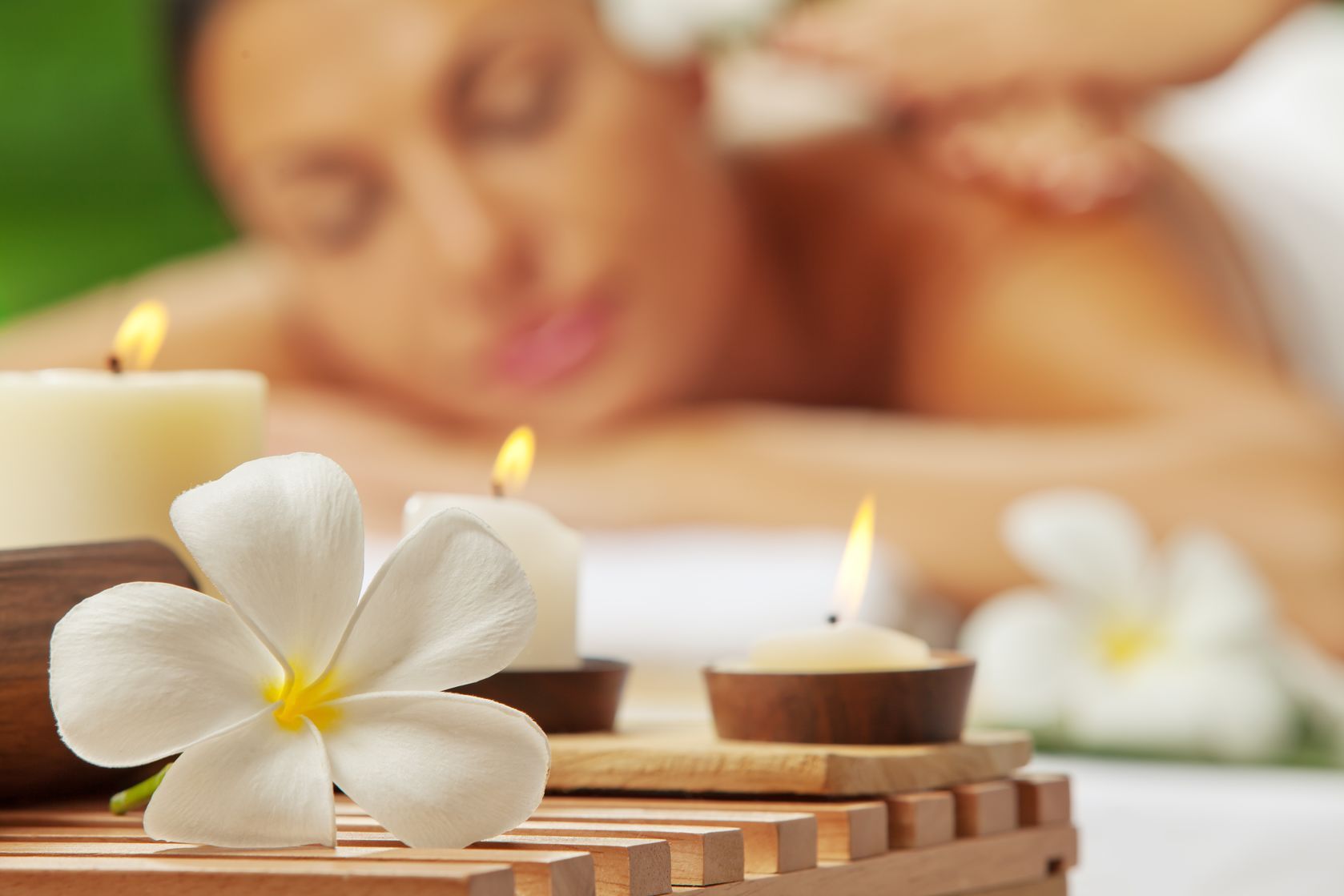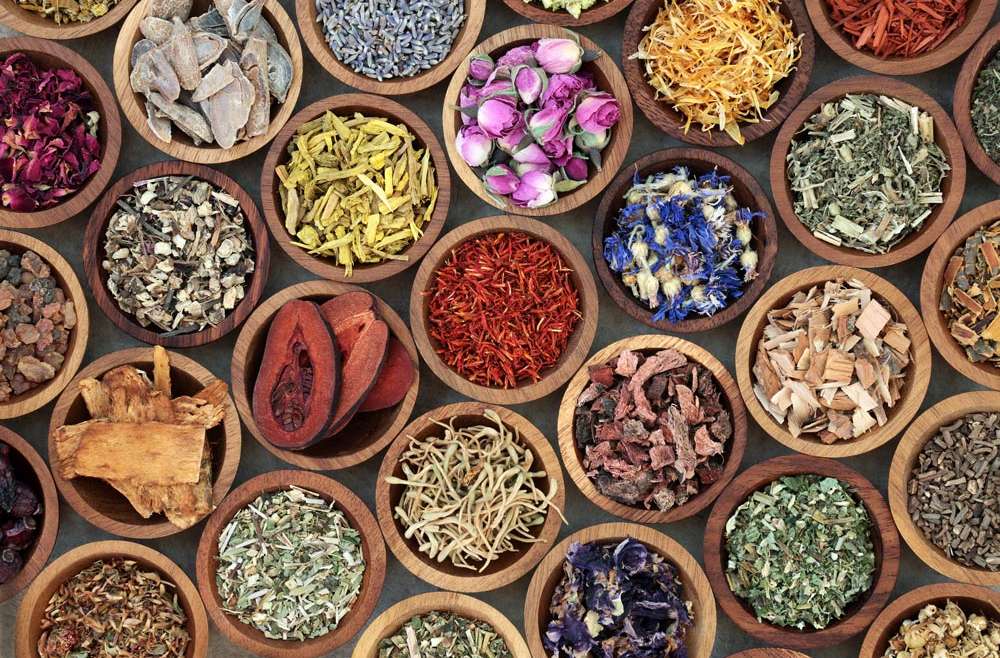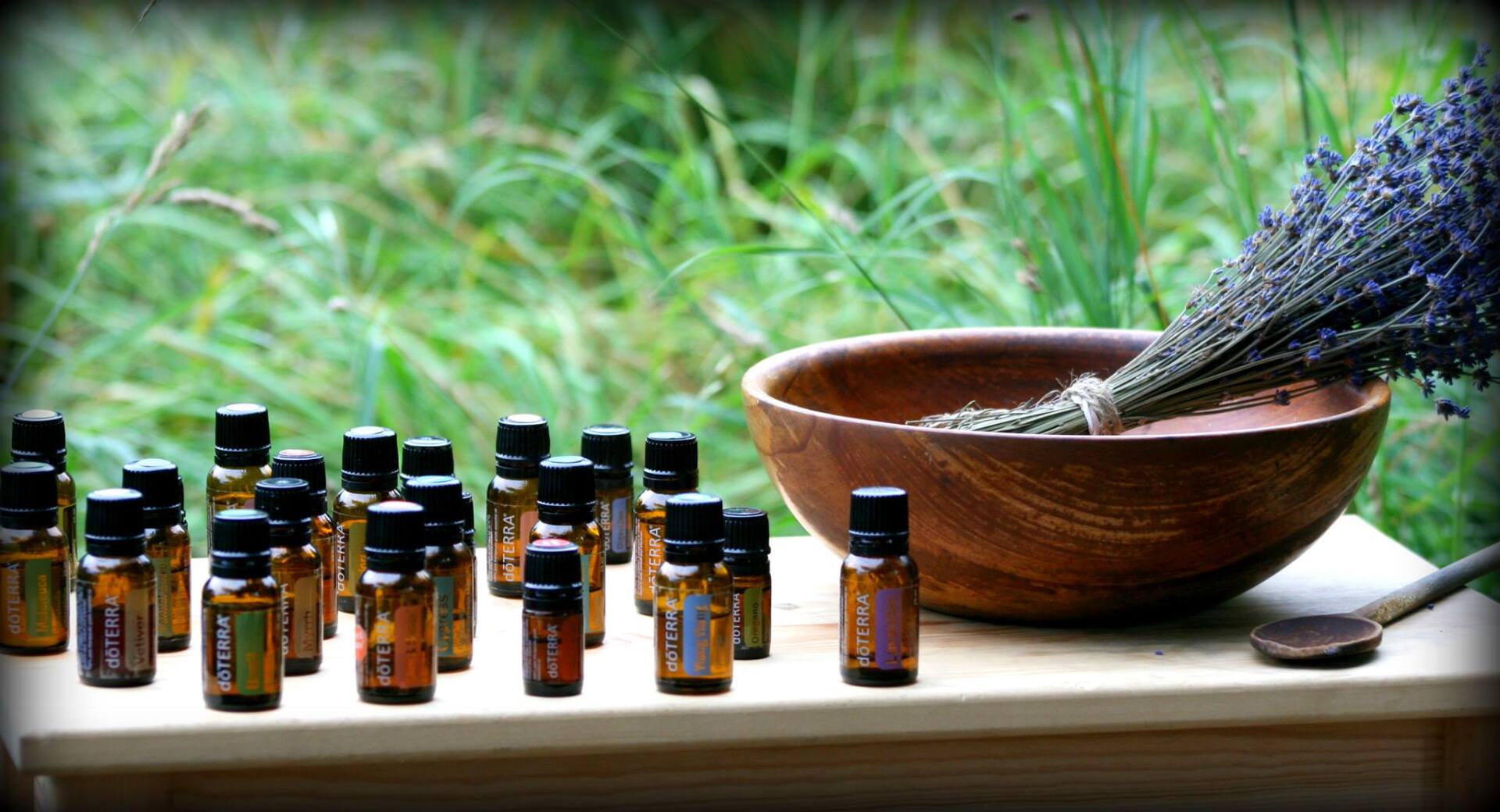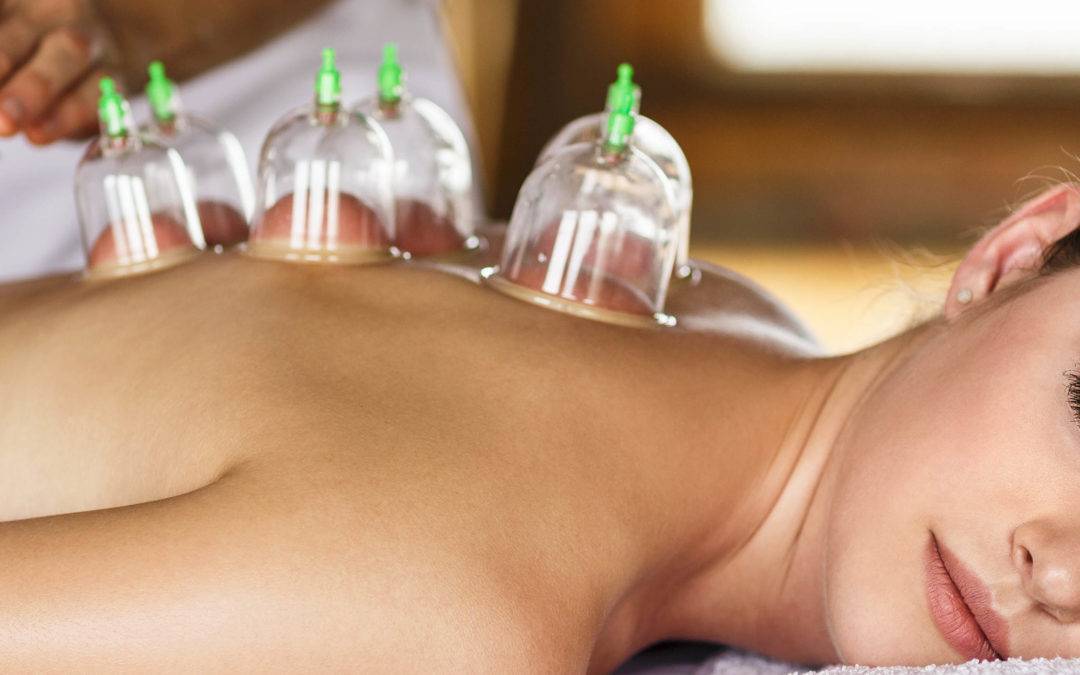Cupping Therapy/Guasha 拔罐
Cupping and Guasha are very powerful for treating pain and other conditions. It is an indispensable part of an acupuncture/acupressure treatment that often provides immediate relief.
- What is Cupping Therapy/Guasha?
Cupping is a type of alternative therapy that originated in China. It involves placing cups on the skin to create suction. The suction may facilitate healing with blood flow.
Proponents also claim the suction helps facilitate the flow of “qi” in the body. Qi is a Chinese word meaning life force. A famous Taoist alchemist and herbalist, Ge Hong, reportedly first practiced cupping. He lived from A.D. 281 to 341.
Many Taoists believe that cupping helps balance yin and yang, or the negative and positive, within the body. Restoring balance between these two extremes is thought to help with the body’s resistance to pathogens as well as its ability to increase blood flow and reduce pain.
Cupping increases blood circulation to the area where the cups are placed. This may relieve muscle tension, which can improve overall blood flow and promote cell repair. It may also help form new connective tissues and create new blood vessels in the tissue.
People use cupping to complement their care for a host of issues and conditions.
- What Are the Different Types of Cupping?
Cupping was originally performed using animal horns. Later, the “cups” were made from bamboo and then ceramic. The suction was primarily created through the use of heat. The cups were originally heated with fire and then applied to the skin. As they cooled, the cups drew the skin inside.
Modern cupping is often performed using glass cups that are rounded like balls and open on one end.
There are two main categories of cupping performed today:
Dry cupping is a suction-only method.
Wet cupping may involve both suction and controlled medicinal bleeding.
Your practitioner, your medical condition, and your preferences will help determine what method is used.
- What Should I Expect During a Cupping Treatment?
During a cupping treatment, a cup is placed on the skin and then heated or suctioned onto the skin. The cup is often heated with fire using alcohol, herbs, or paper that’s placed directly into the cup. The fire source is removed, and the heated cup is placed with the open side directly on your skin.
Some modern cupping practitioners have shifted to using rubber pumps to create suction versus more traditional heat methods.
When the hot cup is placed on your skin, the air inside the cup cools and creates a vacuum that draws the skin and muscle upward into the cup. Your skin may turn red as the blood vessels respond to the change in pressure.
With dry cupping, the cup is set in place for a set time, usually between 5 and 10 minutes. With wet cupping, cups are usually only in place for a few minutes before the practitioner removes the cup and makes a small incision to draw blood.
After the cups are removed, the practitioner may cover the previously cupped areas with ointment and bandages. This helps prevent infection. Any mild bruising or other marks usually go away within 10 days of the session.
Cupping is sometimes performed along with acupuncture treatments. For best results, you may also want to fast or eat only light meals for two to three hours before your cupping session.
- What Conditions Can Cupping Treat?
Cupping has been used to treat a wide variety of conditions. It may be particularly effective at easing conditions that create muscle aches and pains.
Since the cups can also be applied to major acupressure points, the practice is possibly effective at treating digestive issues, skin issues, and other conditions commonly treated with acupressure.
Cupping therapy may help with the following conditions, among others:
- shingles
- facial paralysis
- cough and dyspnea
- acne
- lumbar disc herniation
- cervical spondylosis
- Are There Any Side Effects From Cupping Therapy?
There aren’t many side effects associated with cupping. The side effects you may experience will typically occur during your treatment or immediately after.
You may feel lightheaded or dizzy during your treatment. You may also experience sweating or nausea.
After treatment, the skin around the rim of the cup may become irritated and marked in a circular pattern. You may also have pain at incision sites or feel lightheaded or dizzy shortly after your session.
Infection is always a risk after undergoing cupping therapy. The risk is small and usually avoided if your practitioner follows the right methods for cleaning your skin and controlling infection before and after your session.
Other risks include:
scarring of the skin
hematoma (bruising)
Your practitioner should wear an apron, disposable gloves, and goggles or other eye protection. They should also use clean equipment and have regular vaccines to ensure protection against certain diseases, like hepatitis.
Always research practitioners thoroughly to protect your own safety.
If you experience any of these issues, consult your practitioner. They may offer remedies or steps you can take before your session in order to avoid any discomfort.
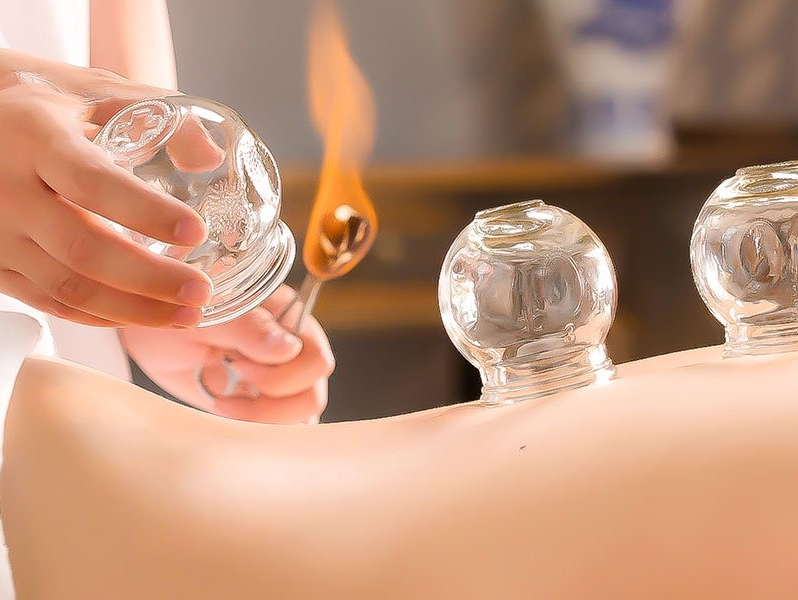

- What is Cupping Therapy/Guasha?
Cupping is a type of alternative therapy that originated in China. It involves placing cups on the skin to create suction. The suction may facilitate healing with blood flow.
Proponents also claim the suction helps facilitate the flow of “qi” in the body. Qi is a Chinese word meaning life force. A famous Taoist alchemist and herbalist, Ge Hong, reportedly first practiced cupping. He lived from A.D. 281 to 341.
Many Taoists believe that cupping helps balance yin and yang, or the negative and positive, within the body. Restoring balance between these two extremes is thought to help with the body’s resistance to pathogens as well as its ability to increase blood flow and reduce pain.
Cupping increases blood circulation to the area where the cups are placed. This may relieve muscle tension, which can improve overall blood flow and promote cell repair. It may also help form new connective tissues and create new blood vessels in the tissue.
People use cupping to complement their care for a host of issues and conditions.
- What Are the Different Types of Cupping?
Cupping was originally performed using animal horns. Later, the “cups” were made from bamboo and then ceramic. The suction was primarily created through the use of heat. The cups were originally heated with fire and then applied to the skin. As they cooled, the cups drew the skin inside.
Modern cupping is often performed using glass cups that are rounded like balls and open on one end.
There are two main categories of cupping performed today:
Dry cupping is a suction-only method.
Wet cupping may involve both suction and controlled medicinal bleeding.
Your practitioner, your medical condition, and your preferences will help determine what method is used.
- What Should I Expect During a Cupping Treatment?
During a cupping treatment, a cup is placed on the skin and then heated or suctioned onto the skin. The cup is often heated with fire using alcohol, herbs, or paper that’s placed directly into the cup. The fire source is removed, and the heated cup is placed with the open side directly on your skin.
Some modern cupping practitioners have shifted to using rubber pumps to create suction versus more traditional heat methods.
When the hot cup is placed on your skin, the air inside the cup cools and creates a vacuum that draws the skin and muscle upward into the cup. Your skin may turn red as the blood vessels respond to the change in pressure.
With dry cupping, the cup is set in place for a set time, usually between 5 and 10 minutes. With wet cupping, cups are usually only in place for a few minutes before the practitioner removes the cup and makes a small incision to draw blood.
After the cups are removed, the practitioner may cover the previously cupped areas with ointment and bandages. This helps prevent infection. Any mild bruising or other marks usually go away within 10 days of the session.
Cupping is sometimes performed along with acupuncture treatments. For best results, you may also want to fast or eat only light meals for two to three hours before your cupping session.
- What Conditions Can Cupping Treat?
Cupping has been used to treat a wide variety of conditions. It may be particularly effective at easing conditions that create muscle aches and pains.
Since the cups can also be applied to major acupressure points, the practice is possibly effective at treating digestive issues, skin issues, and other conditions commonly treated with acupressure.
Cupping therapy may help with the following conditions, among others:
- shingles
- facial paralysis
- cough and dyspnea
- acne
- lumbar disc herniation
- cervical spondylosis
- Are There Any Side Effects From Cupping Therapy?
There aren’t many side effects associated with cupping. The side effects you may experience will typically occur during your treatment or immediately after.
You may feel lightheaded or dizzy during your treatment. You may also experience sweating or nausea.
After treatment, the skin around the rim of the cup may become irritated and marked in a circular pattern. You may also have pain at incision sites or feel lightheaded or dizzy shortly after your session.
Infection is always a risk after undergoing cupping therapy. The risk is small and usually avoided if your practitioner follows the right methods for cleaning your skin and controlling infection before and after your session.
Other risks include:
scarring of the skin
hematoma (bruising)
Your practitioner should wear an apron, disposable gloves, and goggles or other eye protection. They should also use clean equipment and have regular vaccines to ensure protection against certain diseases, like hepatitis.
Always research practitioners thoroughly to protect your own safety.
If you experience any of these issues, consult your practitioner. They may offer remedies or steps you can take before your session in order to avoid any discomfort.
Our Other Services
At the Center for Natural Healing we believe wellness is a way of life, supporting our bodies immune system with natural remedies.
Testimonials

“
Noneen is so professional and knowledgeable. If you are looking for the best acupuncturist, look no further. Excellent location, and inviting team. Highly recommend speaking to her to see how you can benefit from this wonderful service.Working with Francisco has empowered me. Before I started this self-exploration, I lived in fear of failure. Thanks to his coaching and support, my entire life has improved.
Betty Valdeon
“
This place is amazing the staff is just beyond awesome most of all I love my massage therapist DAWN. If I could financially I would go everyday for a massage dawn is just beyond amazing and very friendly. She cares and while she's doing your massage she wants to make sure you are comfortable every step of the way. I would definitely refer this place to my close friends and family and so forth. I was referred by a friend of my husband and I have nothing but great memories with them. Meeting them and having dawn as my massage specialist is a gift of life
Steffi Georges
“
Have gone several places for massages in the surrounding area hadn’t found a good one over a 5 year period until this. Ask for Dawn she is an amazing massage therapist she listens to your needs and gets the job done. Highly recommend the place is very clean and has amazing friendly staff! Can’t wait to go back .Wow! Who knew my life could change so dramatically. With the help of Mr. Miller's support, I am ready to live my dreams. Thank for helping me help myself.
Jane Elmiger
"
I've been there three times now two physical therapies with Karen and one massage with Dawn. I highly recommend the center and their staff. I've had mane therapies and massages and this place and a staff are amazing. Dawn's deep tissue is wonderful.
Douglas Cobb
"
I started acupuncture with Dr O’Rafferty after a bad fall. I had debilitating neck pain. After just a few visits my pain is almost completely gone. I truly wish I had started sooner. The staff is friendly, extremely knowledgeable and take the time to understand your individual needs. I have already referred friends and family to the center and would highly recommend their services!
Lyn Singleton
Testimonials

“
Noneen is so professional and knowledgeable. If you are looking for the best acupuncturist, look no further. Excellent location, and inviting team. Highly recommend speaking to her to see how you can benefit from this wonderful service.Working with Francisco has empowered me. Before I started this self-exploration, I lived in fear of failure. Thanks to his coaching and support, my entire life has improved.
Betty Valdeon
“
This place is amazing the staff is just beyond awesome most of all I love my massage therapist DAWN. If I could financially I would go everyday for a massage dawn is just beyond amazing and very friendly. She cares and while she's doing your massage she wants to make sure you are comfortable every step of the way. I would definitely refer this place to my close friends and family and so forth. I was referred by a friend of my husband and I have nothing but great memories with them. Meeting them and having dawn as my massage specialist is a gift of life
Steffi Georges
“
Have gone several places for massages in the surrounding area hadn’t found a good one over a 5 year period until this. Ask for Dawn she is an amazing massage therapist she listens to your needs and gets the job done. Highly recommend the place is very clean and has amazing friendly staff! Can’t wait to go back .Wow! Who knew my life could change so dramatically. With the help of Mr. Miller's support, I am ready to live my dreams. Thank for helping me help myself.
Jane Elmiger
"
I've been there three times now two physical therapies with Karen and one massage with Dawn. I highly recommend the center and their staff. I've had mane therapies and massages and this place and a staff are amazing. Dawn's deep tissue is wonderful.
Douglas Cobb
"
I started acupuncture with Dr O’Rafferty after a bad fall. I had debilitating neck pain. After just a few visits my pain is almost completely gone. I truly wish I had started sooner. The staff is friendly, extremely knowledgeable and take the time to understand your individual needs. I have already referred friends and family to the center and would highly recommend their services!
Lyn Singleton
NOW SERVING U.S. VETERANS!
Ask the VA to approve a series of acupuncture treatments. When they do, it costs you nothing!
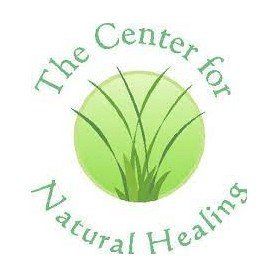
Email Sign-Up
We will get back to you as soon as possible.
Please try again later.
© 2022 The content on this website is owned by us and our licensors.
Do not copy any content (including images) without our consent.
This website was thoughtfully created by SWFL Media Consultants
CONTACT
© 2022 The content on this website is owned by us and our licensors.
Do not copy any content (including images) without our consent.
This website was thoughtfully created by SWFL Media Consultants
© 2023 The content on this website is owned by us and our licensors. Do not copy any content (including images) without our consent.
This website was thoughtfully created by SWFL Media Consultants

